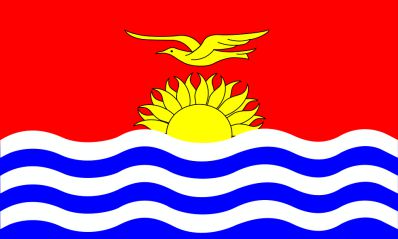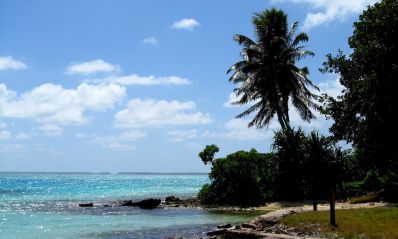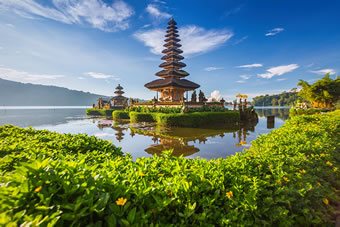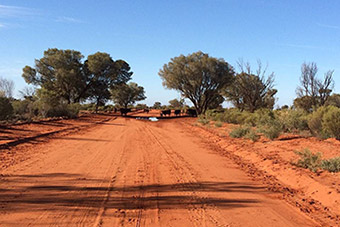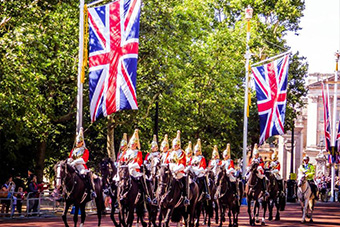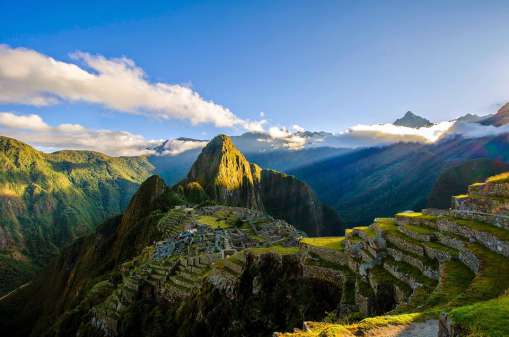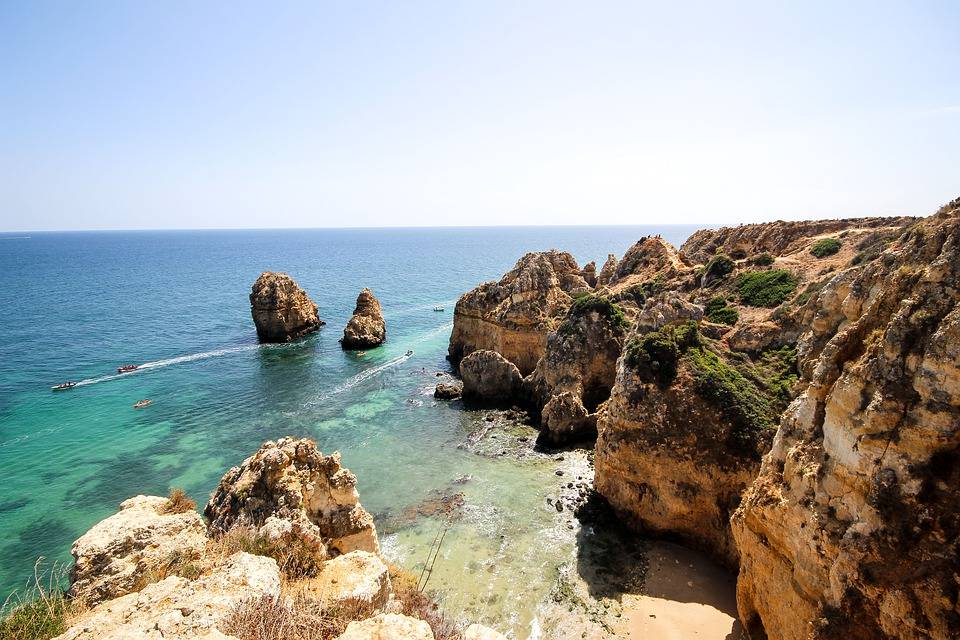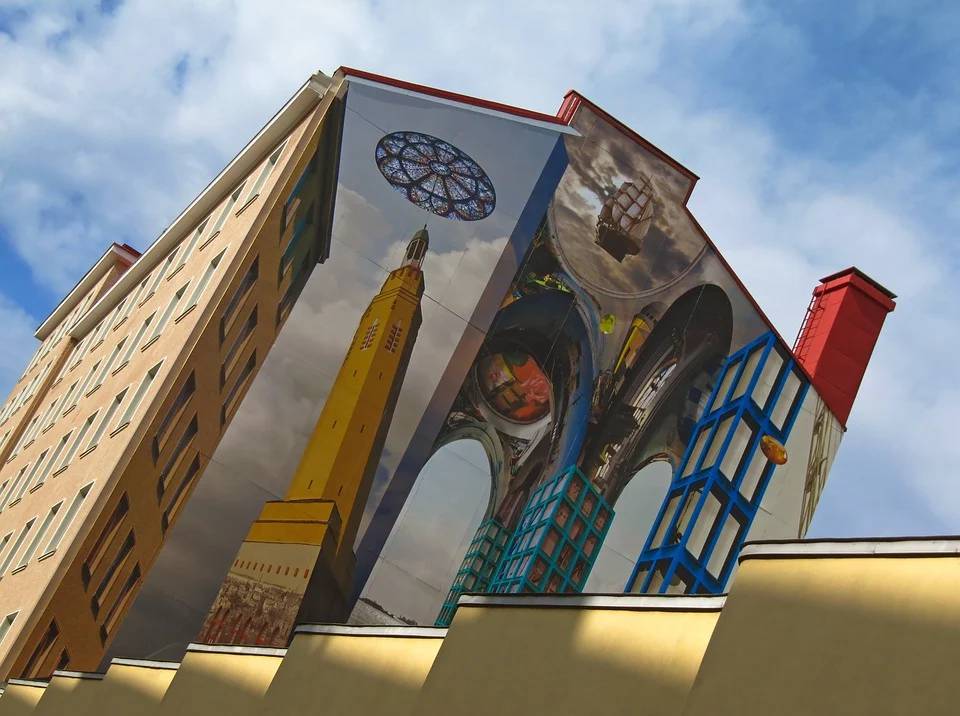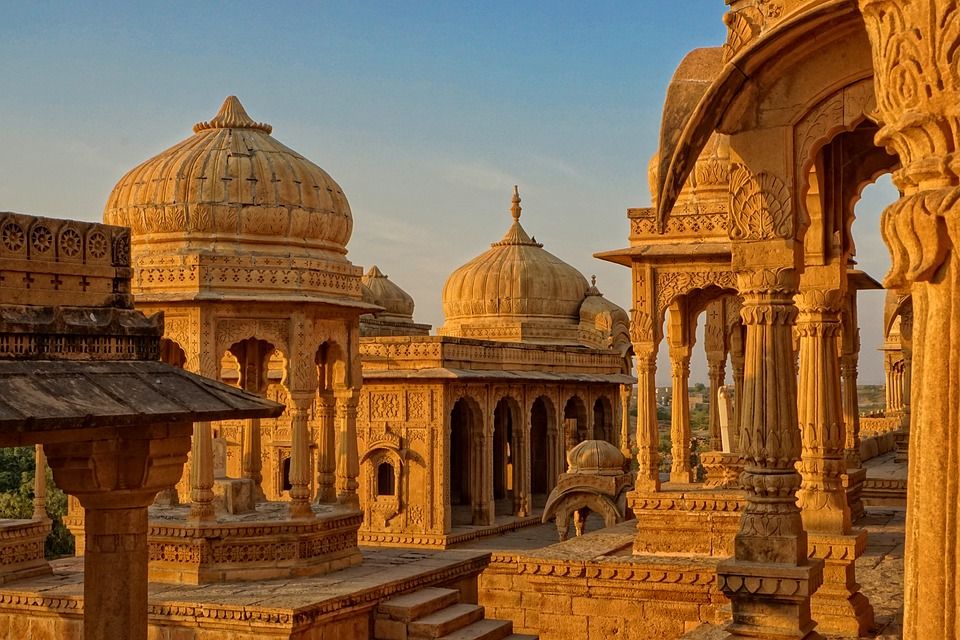Kiribati
A collection of thirty coral islands spread over the Pacific, Kiribati is known for its pristine beaches and stunning lagoons, and with features like these, makes for one of the best emerging areas of tourism in the Oceania region.
The country is remote and has a rather small tourism industry, which makes it all the more of an ideal place to visit for those seeking to explore the unexplored.
Armed with islets peppered with palm trees that bathe in balmy breezes and waters that glisten in all directions, Kiribati literally offers the image of a perfect vacation destination to just sit back and relax. Those looking for a little more excitement, however, will not be disappointed, as there is also a significant amount of wildlife and culture to be explored.
Many of Kiribati’s islands are a must-see, from Christmas Island, with its ponds and lakes (that makes for an ideal spot for activities like bird-watching and fishing), and Phoenix, Line and Gilbert (which were the site of nuclear testing and offer a key slice of history), and of course the capital Tarawa, which is one of the Pacific’s biggest emerging urban centers.
For a country that is rather remote and has firm belief in its roots (many residents still live in thatched coconut roofs), there is a fair bit of modernity here. Cars, bars, cinemas, and the internet is no stranger to this place and its people. The people may be a bit skeptic at first, but stay friendly long enough and they will offer hospitality like you never could have experienced it.
Some facts about Kiribati:
- Being the farthest away from GMT makes Kiribati the first country to experience in the world to usher in the New Year.
- The country is scattered over an area 3.5 million square kilometers, which is equal to the land mass of mainland United States.
- 21 out of 33 of Kiribati’s islands are inhabited.
- The Yap Day Festival held in March is one of Kiribati’s most popular festivals.
- Micronesians are the earliest known inhabitants of Kiribati – they first inhabited the country during 3000 BC to 1300 AD.

